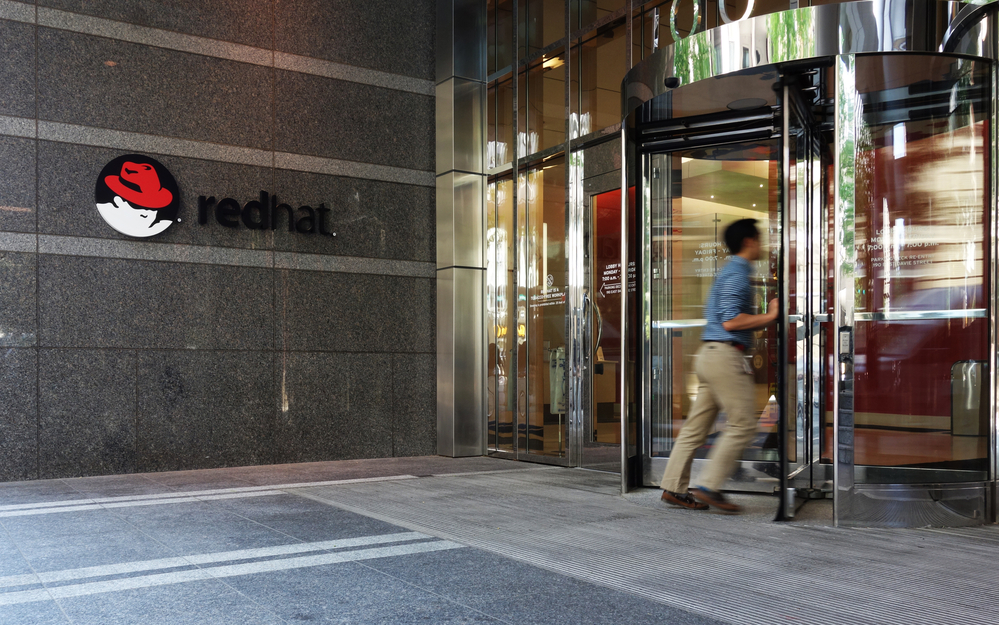
Google Cloud Platform (GCP) is one of the three major cloud computing platforms available worldwide, and is the third most popular cloud provider behind Amazon Web Services and Microsoft Azure. Through Google’s internal cloud computing challenges, it has built a series of solutions that have been made available to customers. Among its offerings is a wide variety of applications, services, and tools for artificial intelligence (AI) and machine learning (ML).
Google Cloud: AI and ML History
Google has been tasked with some of the most challenging web bottlenecks and issues over its two decades as a public company, which has led to it building one of the most sophisticated and well-polished cloud computing services in the world, capable of running Google, YouTube, Gmail, Maps, and Drive with almost no downtime.
In 2008, it announced the preview of App Engine, a developer tool that allowed web applications to run on Google’s servers. It took two years of alpha and beta testing before App Engine was ready to officially launch, with two of the first solutions, BigQuery and Prediction API, launched in 2010 as well.
From the outset, Google Cloud drew in major consumer web and mobile application companies, possibly because of Google’s reputation for minimal downtime. Facebook, Twitter, Snapchat, and PayPal were early customers, although Google has had trouble maintaining relationships with some app developers, as it has expanded into their turf.
In comparison to AWS and Azure, Google Cloud has struggled to be profitable. This is partly due to the amount Google is spending on acquiring large contracts and investing in new architecture to compete with the first and second place cloud computing providers. Even still, it continues to add more tools for developers, especially in the AI and ML spaces, which have been targeted heavily over the past few years.
See also: Google Cloud: The Basics
AI and ML Offerings
- Vertex AI – A unified machine learning platform that helps developers through the entire process of building, deploying, and scaling an AI model.
- Vertex AI Workbench – A development environment to prototype and model, with easy transitions to Vertex AI when ready to deploy
- AutoML – Train machine learning models without the need for specialist knowledge in AI or ML
- Cloud Interface API – Find insights in large datasets through Interface queries
- Cloud Natural Language – Apply natural language AI to unstructured text to classify and extract sentiment
- DialogFlow – Use conversational AI to build artificial agents, which can be used as customer support or to assist with workflow issues
- Media Translation – Automatically translate audio on content and applications, to speed up interpretation and transcription
- Speech-to-text – Transcribe in real-time using Google’s automatic speech recognition software, which is used in Google Assistant
- Text-to-speech – Enables businesses to provide voice communication to customers without the need for a person to be on the other end
- Timeseries Insights API – Provides insights into real-time data and detect anomalies while they are occurring, rather than hours or days later
- Translation AI – Real-time translation enables businesses to be accommodating to more users
- Video AI – Extract metadata from each frame of a video, with automated labeling through AutoML Video Intelligence
- Vision AI – Gain insights from large image datasets or use Vision API to detect emotions, recognize text, and more from images
- Document AI – Use machine learning to scan thousands of documents in minutes, pulling out key insights and flagging important pieces of data
- Recommendation AI – Personalize experiences on web or mobile apps through recommendation systems



